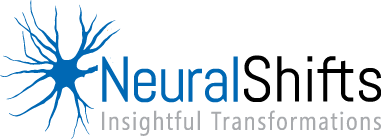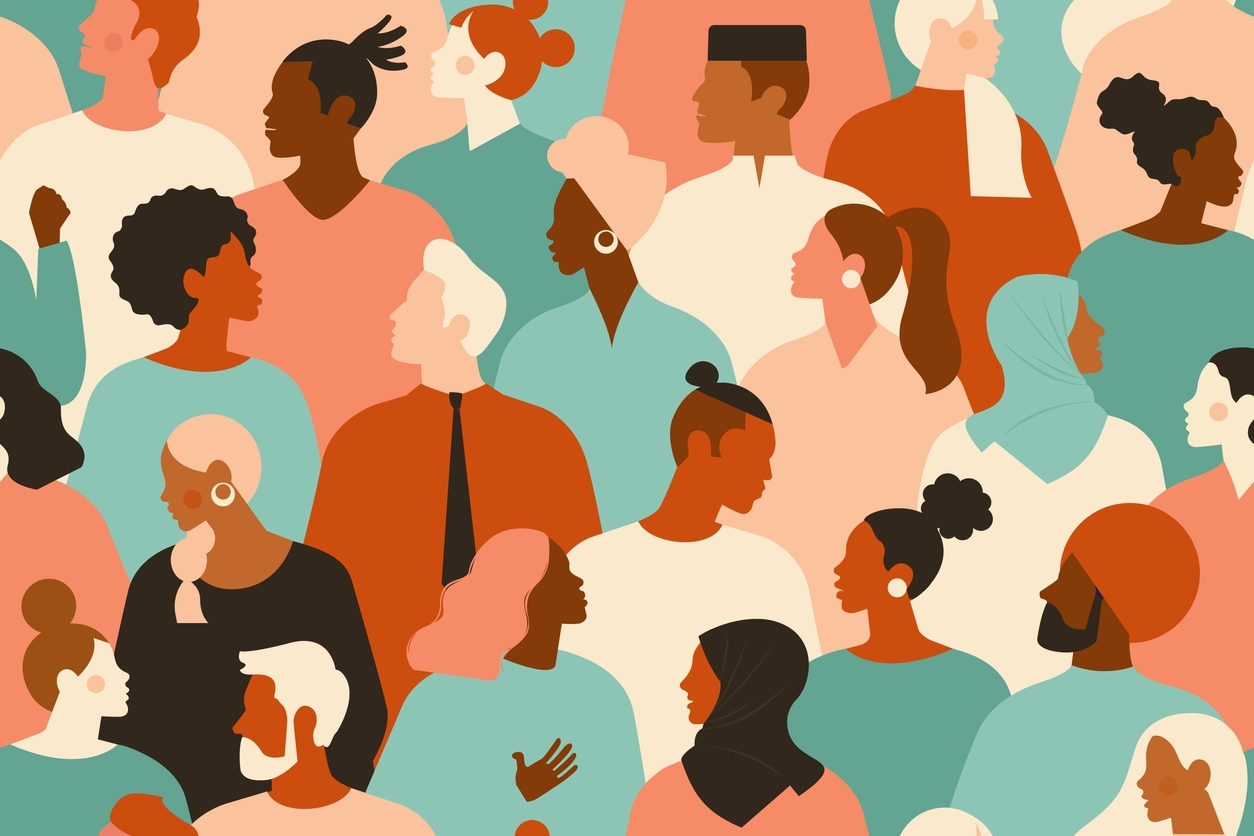Diversity and Inclusion (D&I) is undoubtedly a hot topic across the private sector. Many want to succeed but few are able to do it. As companies engaged in valuable initiatives it’s common to see implementation challenges that lead to D&I fatigue. A few common challenges include:
- One group’s problems become the focus of D&I efforts or strategy, it hijacks the opportunity to build an intersectional and transformational program within the organization.
- Employee buy-in is key, so if you fail to secure this and work to maintain it throughout implementation, you may lose traction and threaten your entire effort.
- Stakeholders at every level may be resistant to change, and this may be exacerbated by inaction and silence. When this occurs, it breeds toxicity in lieu of inclusion.
These challenges should not derail what can be a powerful opportunity for organizations to evolve in a positive and essential manner. The key to navigating these challenges? Embracing and personifying a growth mindset as you traverse your D&I efforts. With that said, what is a growth mindset? And how do you develop one within your team?
The Growth Mindset, Defined
Mindset expert, Dr. Carol Dweck, first defined the growth mindset as something that “allows people to value what they’re doing regardless of the outcome,” versus the fixed mindset that emphasizes the outcome and considers the experience to be wasted if you fail. Likewise, others define it as a “belief that people, including oneself, can change their talents, abilities, and intelligence.” Regardless of which definition resonates with you, they both highlight the importance of process over result, and how this enables us to grow and improve.
How A Growth Mindset Helps
While a growth mindset is key for individuals to excel, it is even more critical when teams are trying to foster inclusion. Here are some of the ways that a growth mindset may help your organization’s implementation of D&I.
- It can reduce stereotyping. When someone exercises their growth mindset, they are less likely to make judgements based on stereotypes and attribute behavior to mutable traits, meaning they are likely to attribute normal stereotypes to extrinsic factors (rather than an individual). This can help individuals break down barriers between one another and foster rapport.
- It empowers people to make mistakes and learn from them. Because D&I work is challenging, it is important for leaders to allow mistakes and encourage learning and growth in these areas. Moreover, it allows for increased engagement and a willingness to reengage after a mistake.
- It encourages holistic support and engagement from all leadership, not just HR. It is fundamental for all leaders within your organization to buy into D&I efforts. When a growth mindset is the foundation of the company, leaders are willing to acknowledge their shortcomings, develop themselves, and drive change within their business units to the betterment of the organization.
How To Develop an Organizational Growth Mindset? Relevant Resources and Tools
The benefits of a growth mindset are clear for D&I efforts, but leaders must be careful not to neglect the process of how to develop one throughout the organization. Here are some of the key steps that can be taken to build a growth mindset across your team.
- Double loop learning: Teach employees to engage in this type of learning, so they can naturally question underlying assumptions, and operating frameworks. Instead of employees focusing on quick solutions, they will pause and redefine the problem to appropriately address the issue.
- Build strategic goals around continuous improvement. Continuous improvement is central to the growth mindset. When this is fundamentally part of your company DNA, employees will embrace feedback and seek to master their craft instead of just meeting performance goals.
- Encourage strong and open channels of communication. Ensure your employees have the means to share their opinions, be heard, and receive feedback. Open communication will also spur greater willingness to accept change and lean into growth.
- Listen to your employees. This is the foundation of inclusive management and a key element of strong organizational cultures. It’s also a great way to build trust and empowerment.
Need additional tools and resources to help foster the growth mindset? Some options include:
- Leveraging internal Learning + Development tools to educate your team
- Employee Sensing Groups to encourage communication
- Organizational Days to engage workforce with new goals and strategies
Conclusion
Diversity and Inclusion efforts can feel like a major challenge, but a growth mindset will help your company navigate them with greater ease and better results. Need assistance in developing your organizational growth mindset? Want to learn more about how to use behavioral science to improve your decision-making around D&I? Our team at Neural Shifts is here to help with all your D&I needs. Reach out to us today!
References
- Lay Theories of Personality: Cornerstones of Meaning in Social Cognition
- How To Lead with A Growth Mindset, Jonathan H. Westover
- What Having a “Growth Mindset” Actually Means, Carol Dweck
- 10 Ways Employees can Support Diversity and Inclusion, Robin Pedrelli
- 6 Steps for Building an Inclusive Workplace, Kathy Gurchiek




0 Comments